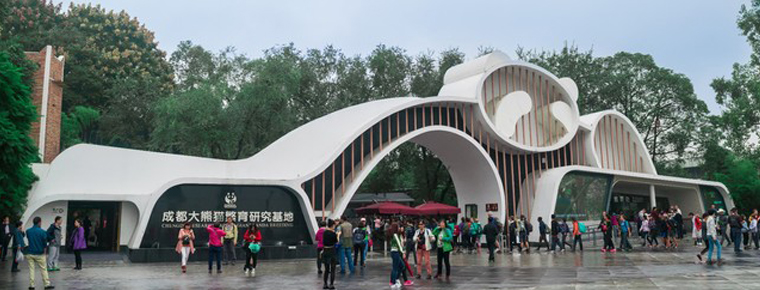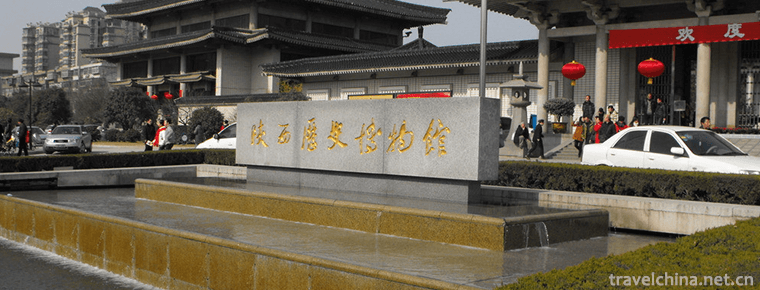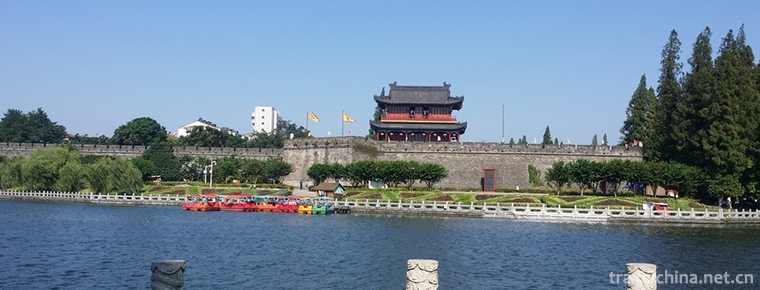Chengdu Panda Base
Chengdu Giant Panda Breeding Research Base is one of the main research bases for the Chinese government to carry out ex-situ conservation projects for endangered wildlife such as giant pandas, and is a national AAAA tourist attraction.

It is a well-known research institution for the protection of rare and endangered wild animals, such as giant panda, which integrates scientific research and breeding, conservation education, education and tourism, and the construction of panda culture.

The first batch of national
primary and secondary students research and practice education base.

Chengdu giant panda breeding research base is the breeding, treatment and breeding of giant pandas in Chengdu zoo.

Built on the basis of. In the 1980s, the cold arrowhead bamboo of the Qionglai Mountains blossomed and died. Some giant pandas were rescued and concentrated in the Chengdu Zoo for starvation.

In 1987, in order to strengthen the rescue and management of sick and hungry giant pandas, separate the functions of panda education and display from those of rescue and research, strengthen the scientific research of giant pandas and improve the breeding level of giant pandas, the Chengdu Municipal People's Government decided to establish a breeding and research base for giant pandas in Chengdu, and implemented a team with Chengdu Zoo, two pieces. Brand.

After 1990, the Chengdu base and the Chengdu zoo were divided into two independent entities.

In 1992, the giant panda museum was open to tourists.

In 1997, the Chengdu Giant Panda Breeding Research Base jointly funded more than 15 million yuan by the State Planning Commission, the Chengdu Planning Commission and the Chengdu Giant Panda Breeding Research Foundation to establish the first open laboratory in China to carry out research on endangered species with Chinese characteristics.
In 2000, the National Wildlife Conservation System took the lead in carrying out public protection education and established the Ministry of Popular Science Education.
In 2001, the Open Laboratory was named "Sichuan Key Laboratory of Reproduction and Conservation of Endangered Animals" by Sichuan Science and Technology Department. In the same year, Chengdu base cooperated with Sichuan University to carry out research and experiments.

In 2003, the Base was awarded the "Advanced Unit for Talent Development in Sichuan Province" by the Sichuan Provincial Party Committee and the provincial government, and the "National Post-doctoral Research Workstation" awarded by the Ministry of Personnel.
In 2006, it was officially awarded the "national AAAA" scenic spot by the National Tourism Administration.

In 2007, the laboratory was officially approved by the Ministry of Science and Technology as "endangered Wildlife Biology - provincial and ministerial co-construction of national key laboratory". At the same time, modern panda museums, animal specimens and gene pools of endangered animals have been established in Chengdu base and Sichuan University.

In 2011, the International Research Center for Giant Panda Conservation Biology, jointly established by the Base and the Global Science Foundation, was also established.
In September 2014, the base was awarded the honorary title of "the national advanced group of technical talents". In October 1st, the Dujiangyan panda breeding center was opened to trial.
In April 20, 2015, "panda Valley" was officially opened to the public.

-
Mung bean soup
Mung bean soup is a soup boiled with mung bean and water as the main ingredients. It has the functions of clearing heat, detoxifying, quenching thirst and relieving heat.
Views: 268 Time 2018-11-02 -
Dongchang Lake Scenic Area
Dongchang Lake Scenic Spot, located in the southwest of Liaocheng City, a famous national historical and cultural city, belongs to Dongchangfu District and is a national AAAA-level tourist scenic spot.
Views: 143 Time 2018-12-20 -
Beiting Old City Site
The site of Beiting Old Town is the ruins of Beiting Mufu in Tang Dynasty. It is located 12 kilometers north of Jimusar County Town in Xinjiang Uygur Autonomous Region. In ancient times.
Views: 130 Time 2018-12-26 -
Shaanxi History Museum
Shaanxi History Museum, China's first large-scale modern national museum, the first batch of China's "AAAA" class tourist attractions, known as the "ancient capital pearl,.
Views: 141 Time 2019-02-08 -
Wooden drum dance
Wood drum dance is a kind of folk dance that is spread among the Miao, Yi and Wa people in southwest China to dance and sacrifice by beating wood drum. Its drum shape is mostly to intercept the trunk .
Views: 198 Time 2019-06-06 -
Legend of the Three Kingdoms
The legend of the Three Kingdoms is a kind of folk literature which was approved by the State Council and listed in the fourth batch of national intangible cultural heritage list in 2014..
Views: 212 Time 2019-06-12 -
Bangkok in Xuzhou
Xuzhou Bangzi, one of the traditional local operas in Jiangsu Province, is named for its rhythm, which is directed by a set of drums and bangzi. The masses of Xuzhou also call it "Grand Opera&quo.
Views: 108 Time 2019-07-09 -
Wenshu Temple
Wenshu Temple is located in Qingyang District of Chengdu City. It was founded in the Daye period of Sui Dynasty (605-617). In 1697, the 36th year of Kangxi raised funds to rebuild the temple, which was renamed Wenshu courtyard. .
Views: 293 Time 2020-10-18 -
wolong national nature reserve
Wolong Nature Reserve is located in the southwest of Wenchuan County, Aba Tibetan and Qiang Autonomous Prefecture, Sichuan Province, on the southeast slope of Qionglai mountains, 130 kilometers away from Chengdu.
Views: 249 Time 2020-11-06 -
Batang Tuanjie steamed stuffed bun
The Tuanjie steamed bun was not invented by the 18th army when it entered Batang. In the old days, Tuanjie steamed bun, to be exact, was made by Batang ancestors hundreds of years ago. Moreover, it has been handed down to the present day..
Views: 234 Time 2020-12-06 -
Leshan Sports
In 2018, Leshan City organized a team to participate in the 13th Sichuan Provincial Games and won 19 gold medals, 25 silver medals and 47 bronze medals. 63 provincial-level sports fitness projects were established, and 279 municipal level national fitness.
Views: 301 Time 2020-12-17








